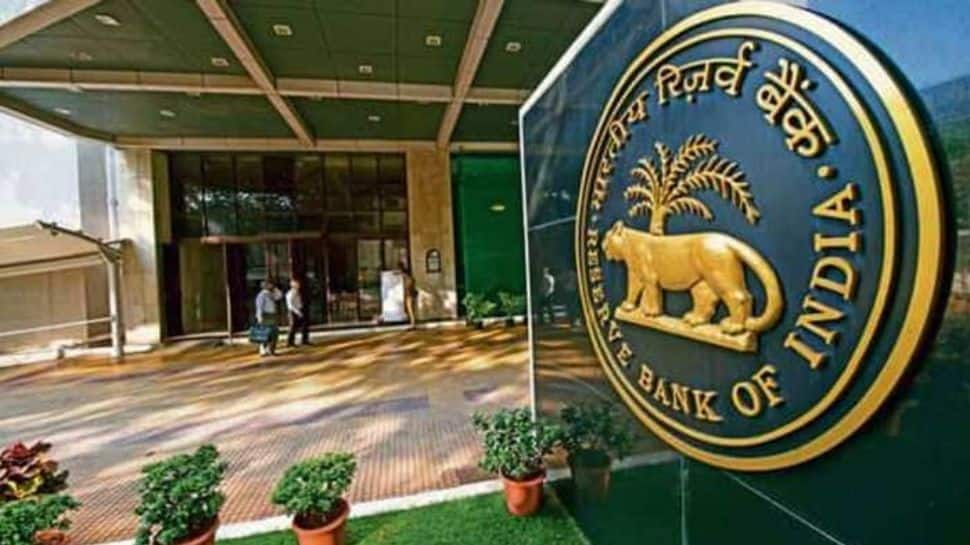New Delhi: The decline in bad assets of banks to a 12-year low of 2.8 per cent and strong GDP numbers will help in sustaining the growth momentum and withstanding global shocks, said the Reserve Bank’s Financial Stability Report (FSR) released on Thursday.
The real gross domestic product (GDP) rose by 8.2 per cent in 2023-24 against 7 per cent in the preceding fiscal, despite muted private and government consumption and external demand conditions acting as a drag. (Also Read: RBI Rolls Out New SAARC Currency Swap Framework For 2024 To 2027)
The FSR report showed that the gross non-performing assets (GNPA) ratio of scheduled commercial banks (SCBs) fell to 2.8 per cent and the net non-performing assets (NNPA) ratio to 0.6 per cent at the end of March 2024. The GNPA ratio of all SCBs may improve to 2.5 per cent by March 2025, the report noted. (Also Read: Top Stocks On D-Street: Whirlpool of India, Ultratech cement & RVNL Among 5 In Spotlight Today)
The FSR said there are several positives for the near-term economic outlook, including robust domestic demand conditions, high business optimism, the government’s sustained focus on capital expenditure (which should crowd in more private investment through multiplier effects), firms utilising high profits to augment investible resources, and real estate activity gathering pace.
Another big positive is that credit growth is deepening, supported by healthier bank balance sheets, it said. “Downside risks to this outlook stem from global slowdown and spillovers, geopolitical risks and their impact on supply conditions and commodity prices, slack in the rural economy and uncertainties related to weather conditions,” it added.
The RBI’s report noted that the global financial system remains resilient, despite successive high-impact shocks and the challenges stemming from uncertain growth prospects, high public debt and geopolitical conflicts. Near-term global macro financial risks have receded, helped by progress in lowering inflation and the ongoing economic recovery, it said.
FSR added that the last mile of disinflation, however, remains complex and delay in aligning inflation to target could unmoor investor expectations, tighten financial conditions and worsen existing fragilities. “Amidst an uncertain and challenging global backdrop, the Indian economy is displaying steady growth and has been a significant contributor to global growth. Economic resilience and improved prospects are anchored by macroeconomic stability,” it said.
Bolstered by a healthy banking system, the domestic financial system remains stable and supportive of real activity. “Global spillovers remain a key near-term vulnerability. Overall, strong macroeconomic fundamentals and financial system soundness augur well for sustaining the growth momentum and withstanding global shocks,” the report said.
In the foreword to the half-yearly FSR published by the central bank, RBI governor Shaktikanta Das said that amid global headwinds, the Indian economy is exhibiting strength and resilience with strong macroeconomic fundamentals and buffers. He said economic activity is expanding at a steady pace with the financial system being stronger and more vibrant than what it was before the onset of the recent period of crises.














































